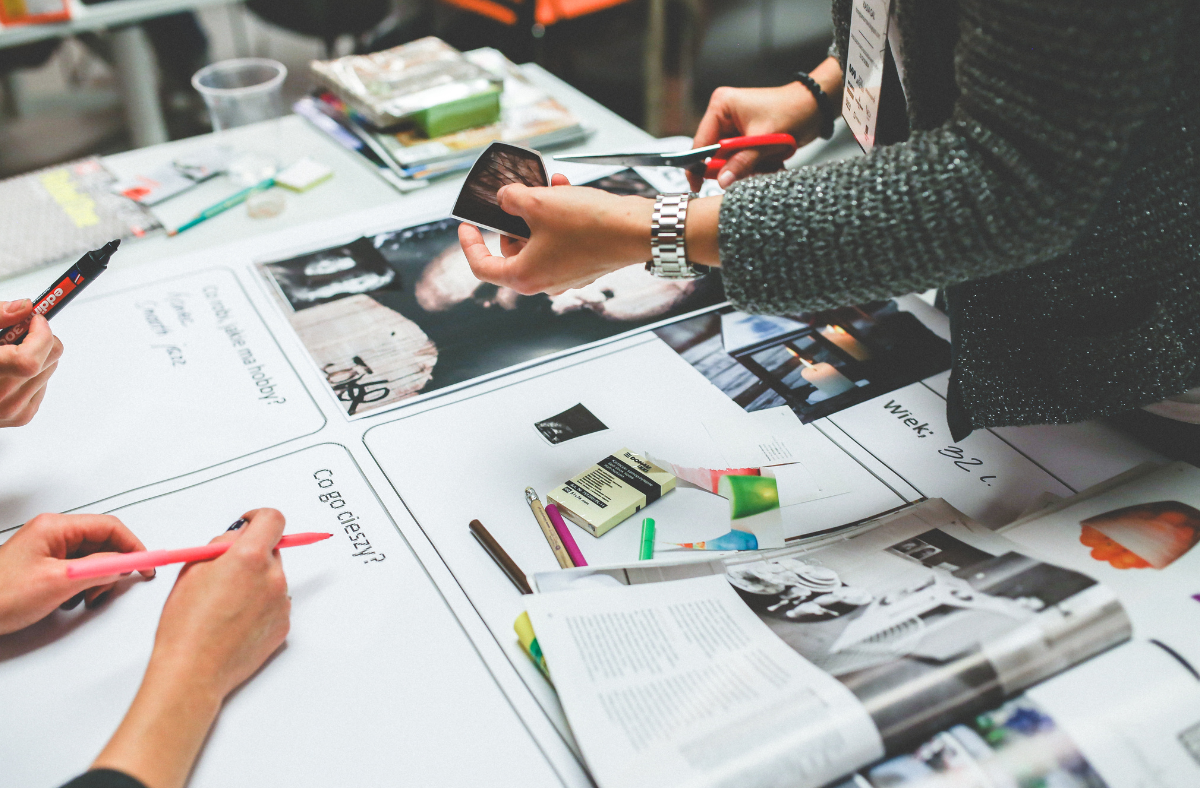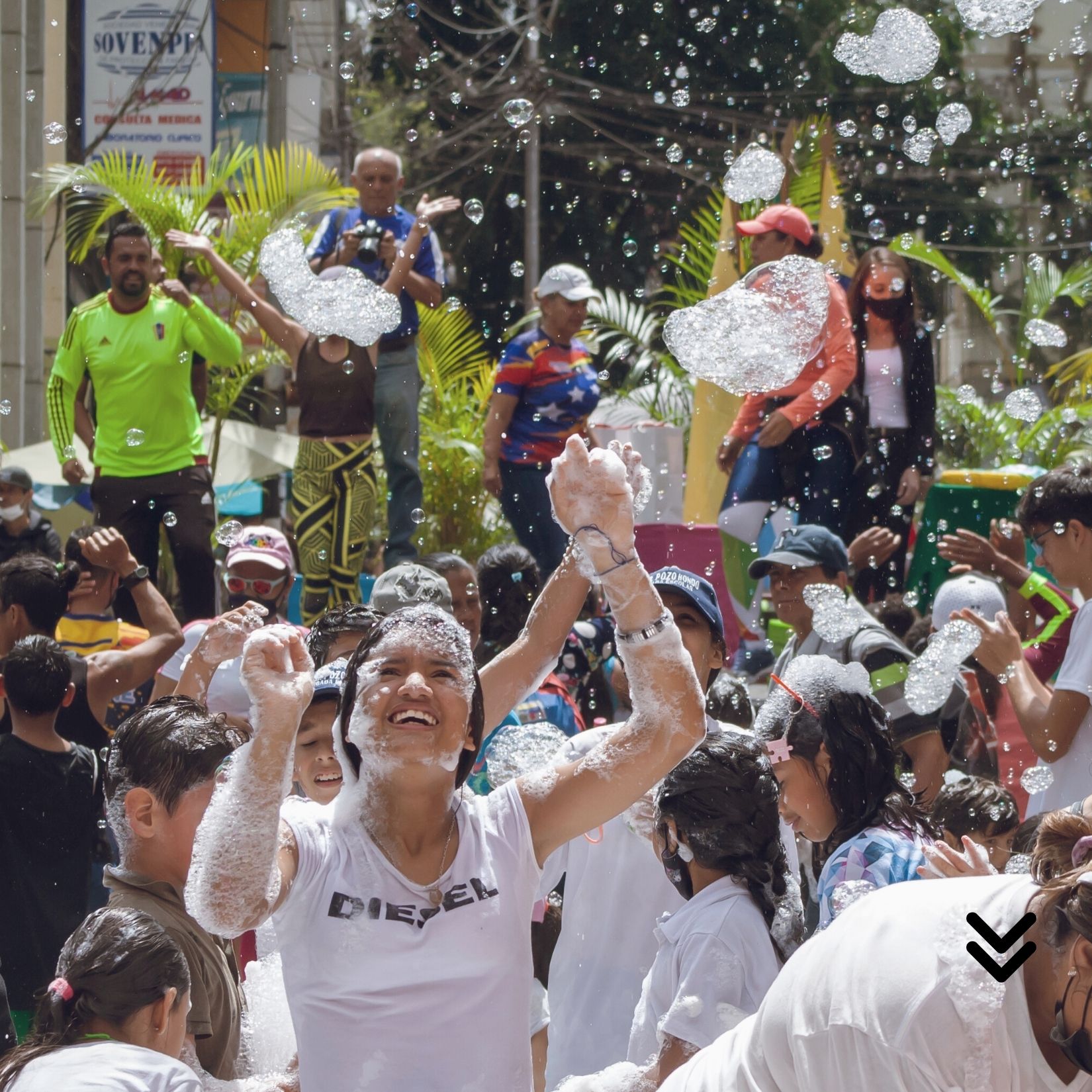Instagram Success: Avoiding Common Mistakes

As of 2023, Instagram has firmly established itself as one of the top five social media platforms. Its initial purpose of enabling individuals to share photos has transformed into a valuable tool for businesses seeking to engage with their audience, display their products, and boost brand recognition. Instagram’s visual-oriented nature and extensive user community present a distinct chance to captivate potential customers. However, numerous businesses currently grapple with the absence of a well-defined strategy, resulting in common mistakes that can impede their progress. In this article, we’ll identify these prevalent blunders and provide insights on how to avoid them.
1. Neglecting a Well-Defined Strategy:
One of the most significant missteps businesses make on Instagram is diving in without a clear strategy. It’s like throwing spaghetti against the wall and hoping something sticks. Before you start, outline your objectives, target audience, content themes, and posting schedule. A well-defined strategy will guide your efforts and increase your chances of success. *Read more about the importance of content marketing.
2. Ignoring the Importance of Visual Quality:
Instagram is a visual platform, and the quality of your visuals matters. Blurry, poorly composed, or unattractive images and videos can deter users from engaging with your content. While most modern phones have capable cameras, it’s essential to compose your photos well and invest in high-quality photography (yes, most phones are just fine!), editing tools, and graphic design to ensure your posts are visually appealing and consistent with your brand.
3. Overlooking the Value of Captions:
While Instagram is primarily a visual platform, captions are essential for conveying your message and building a connection with your audience. Remember that Instagram is mainly an audio-off platform, unlike TikTok. This means that most people rely on captioning on videos instead of audio. Use captions to tell stories, ask questions, provide context, and encourage engagement.
4. Buying Followers or Engagement:
Some businesses fall into the trap of buying fake followers or engagement to inflate their numbers quickly. This tactic not only violates Instagram’s terms of service but also undermines your credibility. Authenticity is crucial on Instagram, so focus on growing your following organically by providing value and engaging with your audience.
5. Inconsistent Posting:
Consistency is key on Instagram. Posting irregularly or sporadically can lead to a loss of engagement and followers. Create a content calendar and stick to a consistent posting schedule to keep your audience engaged and informed. It’s less important how often you post, and more important that you stick to a regular schedule.
6. Ignoring Analytics:
Instagram provides valuable analytics and insights that can help you understand your audience better and measure the success of your campaigns. Failing to use these analytics to refine your strategy is a missed opportunity. Regularly review your data to make informed decisions and adjustments to your marketing efforts.
7. Over-Promotion:
While Instagram is a great platform for marketing products, avoid the mistake of being overly promotional. People come to Instagram for inspiration and connection, not constant sales pitches. Strike a balance between promotional content and engaging, informative, or entertaining posts that provide value to your followers.
8. Neglecting Engagement:
Social media is a two-way street, so don’t just focus on posting content – engage with your audience. Respond to comments, messages, and mentions promptly. Building a genuine connection with your followers can lead to increased loyalty and advocacy.
9. Ignoring Hashtags:
Hashtags are a powerful tool for increasing your discoverability on Instagram. Using relevant and trending hashtags can help your posts reach a broader audience. However, be selective and avoid using too many hashtags, which can come across as spammy.
10. Lack of Adaptation:
Lastly, the digital landscape is constantly evolving, and what works today may not work tomorrow. Avoid the mistake of becoming complacent with your strategy. Stay updated with Instagram’s features and algorithm changes, and be willing to adapt and experiment with new tactics.
11. Blindly Chasing Trends:
The allure of trends can be irresistible, but relentlessly chasing trends can compromise authenticity and consistency. Rather than succumbing to every fleeting trend, it’s advisable to maintain a steadfast commitment to your brand’s identity while judiciously incorporating trends that resonate with your audience.
12. Staying Within Your Comfort Zone:
Refusing to venture beyond your established content formula can result in stagnation. Embracing relevant trends that align with your brand can inject freshness and excitement into your content, fostering growth and engagement.
13. Monologuing Instead of Engaging:
In the nascent stages of Instagram, it functioned primarily as a platform for content sharing. However, in today’s landscape, engaging with your audience is paramount. Failing to initiate conversations, respond to comments, and participate in meaningful exchanges can leave your Instagram strategy feeling one-dimensional and uninspiring.
14. Proceeding Without a Strategic Blueprint:
Gone are the days of spontaneous posting without a plan. Crafting a strategic blueprint is essential for aligning your efforts with specific objectives, understanding your target audience, defining content themes, and adhering to a consistent posting schedule.
15. Overlooking Visual Quality:
Subpar visuals have no place on Instagram, where aesthetics are paramount. Investing in high-quality photography, proficient editing tools, and captivating graphic design is essential for capturing and retaining your audience’s attention.
16. Overemphasis on Sales Pitch:
While Instagram offers a potent platform for product promotion, inundating your audience with sales pitches can be counterproductive. Balancing promotional content with engaging, informative, and entertaining posts enhances the overall user experience and encourages sustained interest.
Instagram can be a valuable asset for businesses when used effectively. By avoiding these common mistakes and embracing best practices, you can harness the platform’s power to connect with your audience, build brand loyalty, and achieve your marketing goals. Remember, success on Instagram is not just about numbers; it’s about fostering genuine relationships and delivering value to your followers.







 In the social media realm, showcasing your event requires more than just a social media post filled with pictures. To truly capture the attention of your target audience, you must weave a compelling narrative around your event.
In the social media realm, showcasing your event requires more than just a social media post filled with pictures. To truly capture the attention of your target audience, you must weave a compelling narrative around your event.

